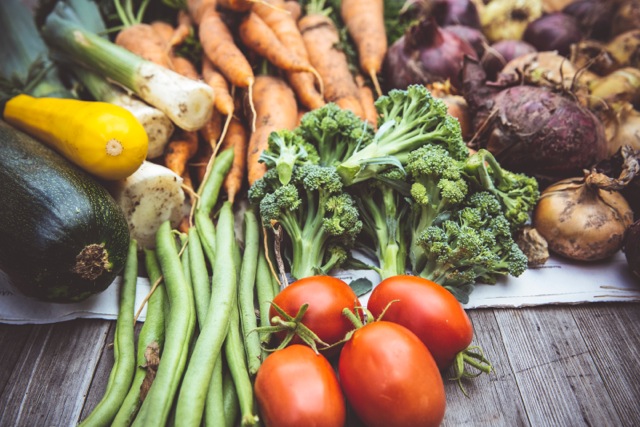Many people must avoid gluten because of Celiac’s disease. However, even if that’s not the case for you, it’s fun to learn about and experiment with these gluten-free grains and know your options. Nutritionally, these grains add more benefit to your diet than wheat, corn, oats, and rice.
What Are Gluten-Free Grains?
1. Amaranth comes from Central and South America. It’s actually a seed, but it’s used like a grain. It has a nutty flavor, is high in protein, higher in fiber than whole wheat, and contains high amounts of minerals. Cooked it can be used as a cereal or added
to soups. Amaranth flour can also be added to baked goods.
Looking for a sweet treat? Pop the seeds like popcorn in a dry skillet and coat them with honey.
2. Buckwheat is a relative of rhubarb and not related to wheat at all. It’s actually a fruit seed that’s a good source of protein because it contains all eight essential amino acids. It also contains magnesium, fiber, calcium, iron, and the whole range of B vitamins.
I’ve written about buckwheat before because my favorite way to eat it is as kasha. That’s when it’s toasted and cooked. It also makes a great breakfast cereal, can be used in soups or as flour used to make buckwheat pancakes or crepes. Japanese soba noodles, when they are made from 100% buckwheat flour, is a fun way to eat
buckwheat.
3. Millet gives you more protein than wheat, corn, and rice. It’s a good source of fiber, iron, and B vitamins. When cooked it can be used as a pilaf or rice substitute. If you want to eat it as a breakfast cereal, when you cook it increase the water and cook
the millet longer.
4. Quinoa is native to South America and technically a seed. Considered a “super grain,” it contains all eight essential amino acids and has a protein profile similar to milk. It beats whole wheat in that it has more calcium, iron, and magnesium. Quinoa
comes in either white, red, or black varieties.
Quinoa cooks faster than most grains and is also lighter and fluffier. Use it as a hot dish but also in cold salads. There is also quinoa pasta.
5. Teff is the world’s smallest grain and is native to Africa. Ethiopians use teff to make injera, a flat spongy bread. It contains protein, calcium and a good assortment of minerals. Teff works well as a breakfast cereal or mixed with other grains. It’s got a nutty and slightly sweet flavor, so give it a try.
There you have it, 5 great gluten-free grains and options for how to add them to your diet. Give them all a try and I’m sure you’ll find you favor one or two of them!
If you feel stuck and need additional support to adopt a new healthy habit or routine, consider working with me. We can partner up in setting goals, drawing on your skills and strengths, and implementing strategies to help you find your way to lasting healthy success.
Related Articles:
- Is Intermittent Fasting For You?
- Beware of These 5 Mental Mistakes
- Five Ways to Unlock Your Fountain of Youth
- Why Sugar is Bad for Your Brain
For over 15 years, Shelli has been a freelance writer and wellness habit coach. She writes about brain fitness, creating a healthy lifestyle, traveling the world, and making positive habits stick. Stop procrastinating! Take action, join her free newsletter.

Comments are closed.